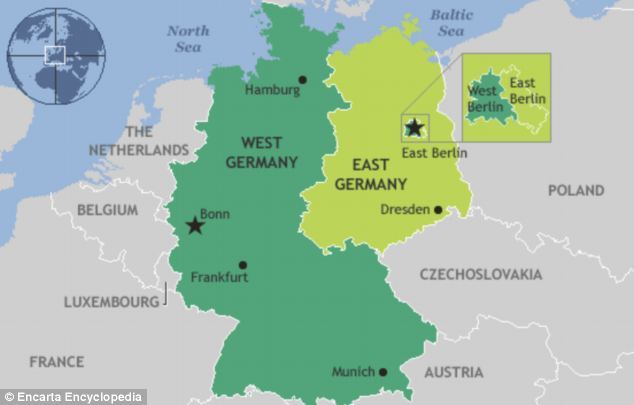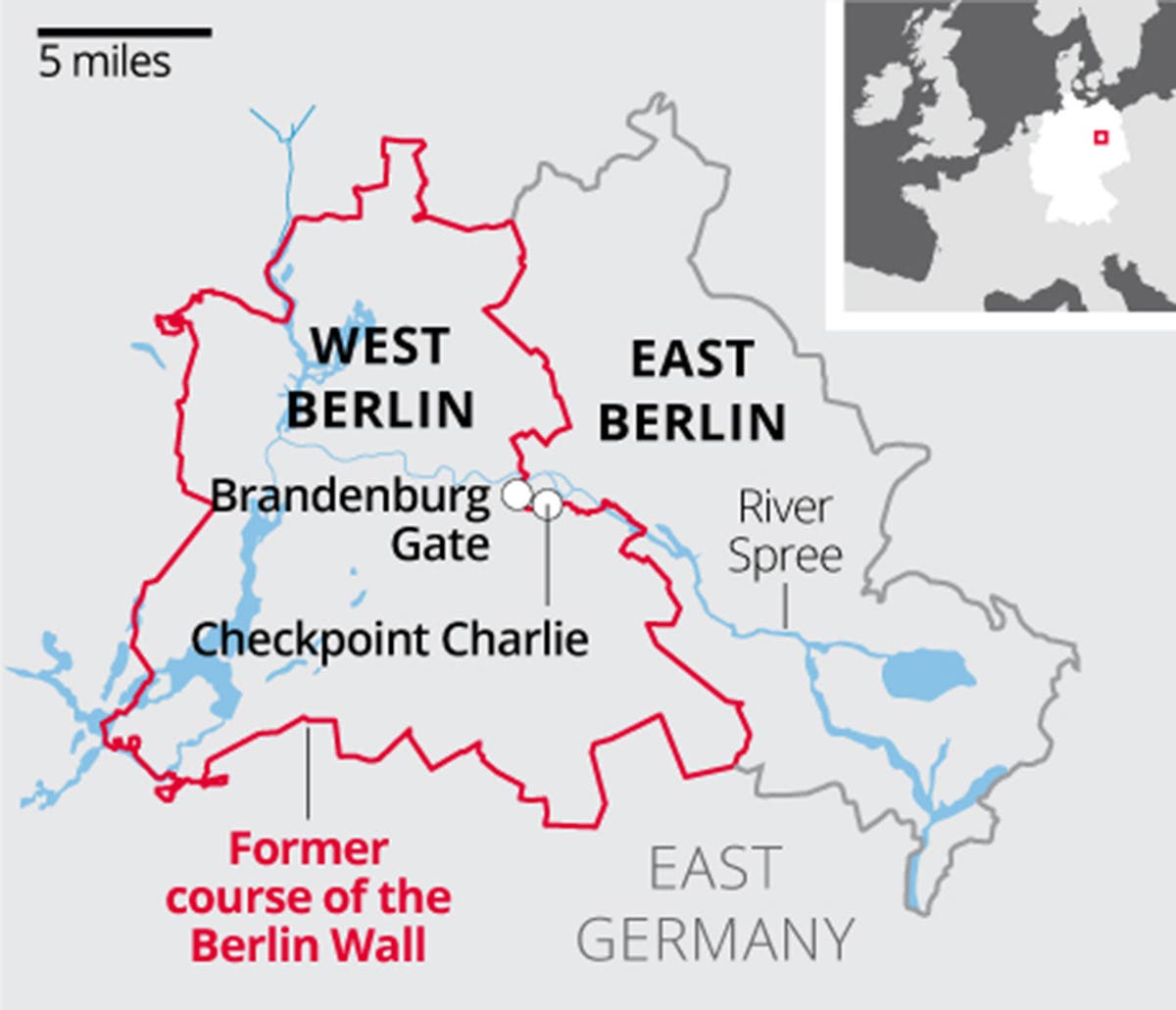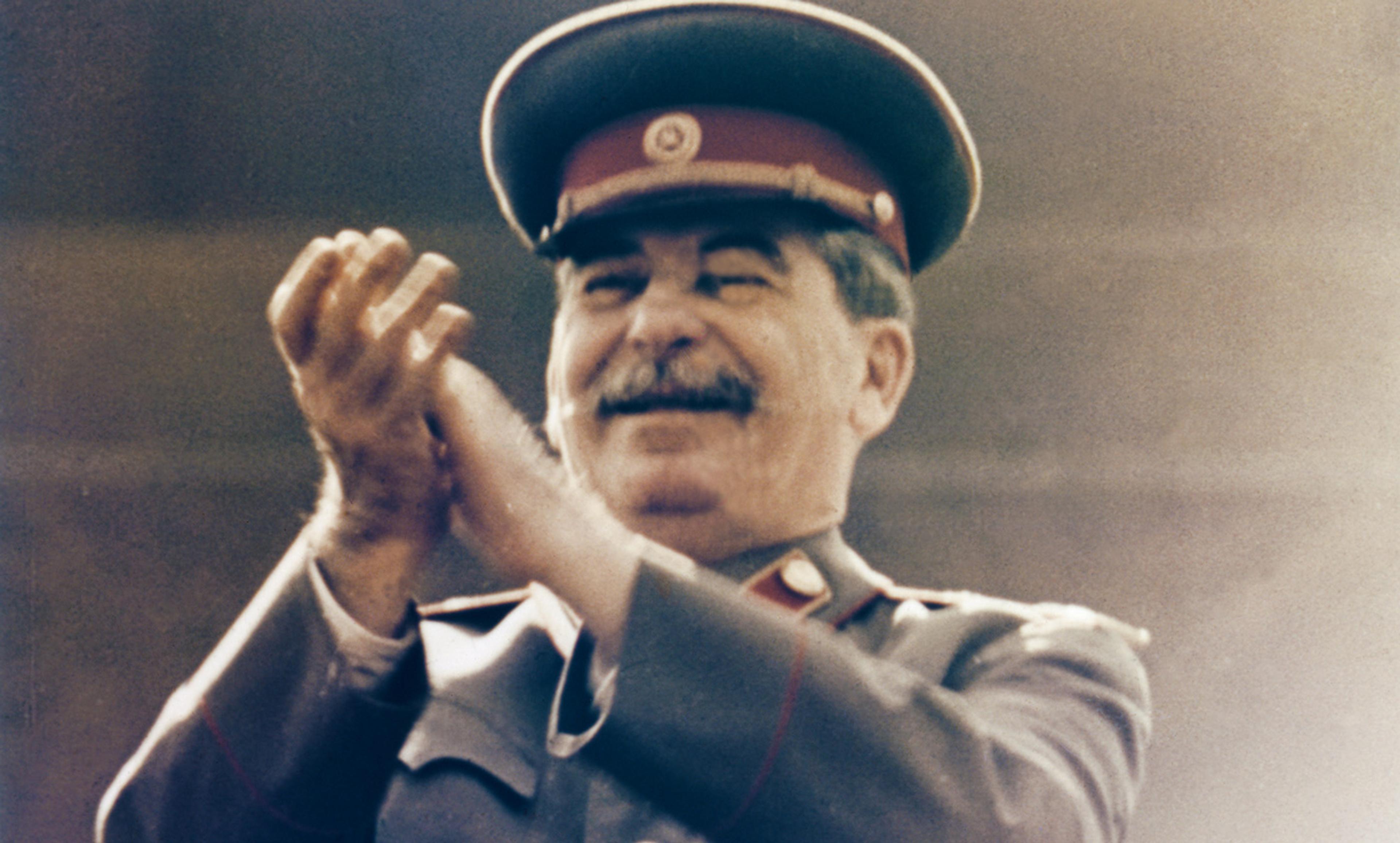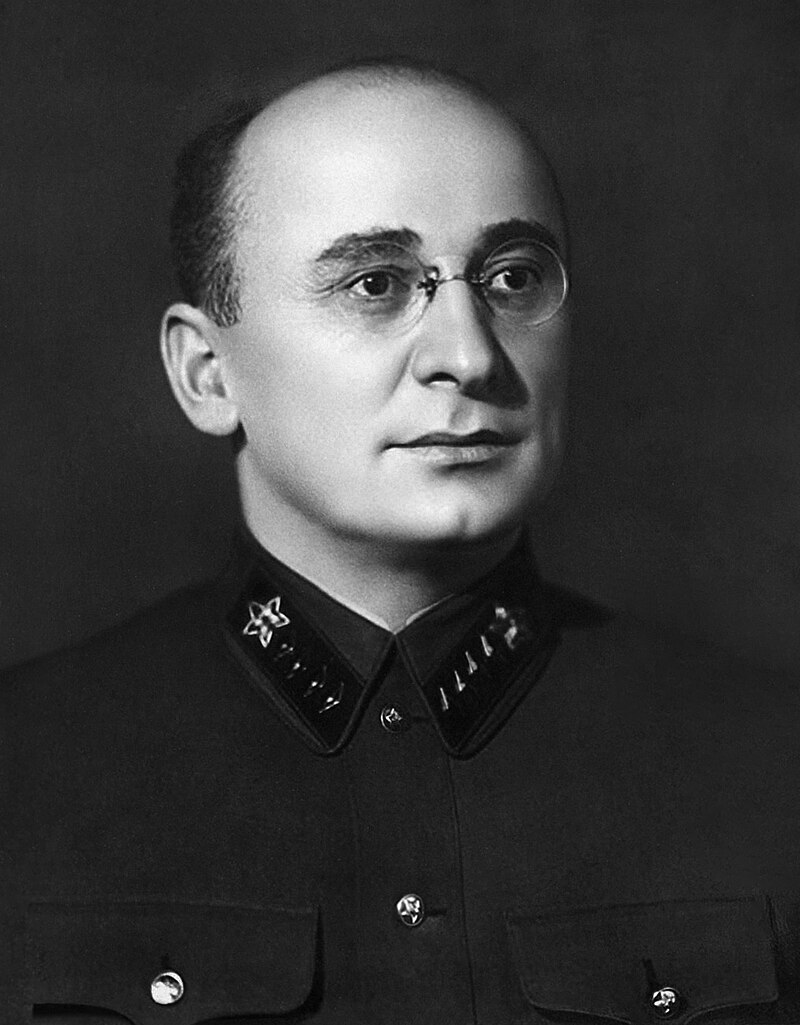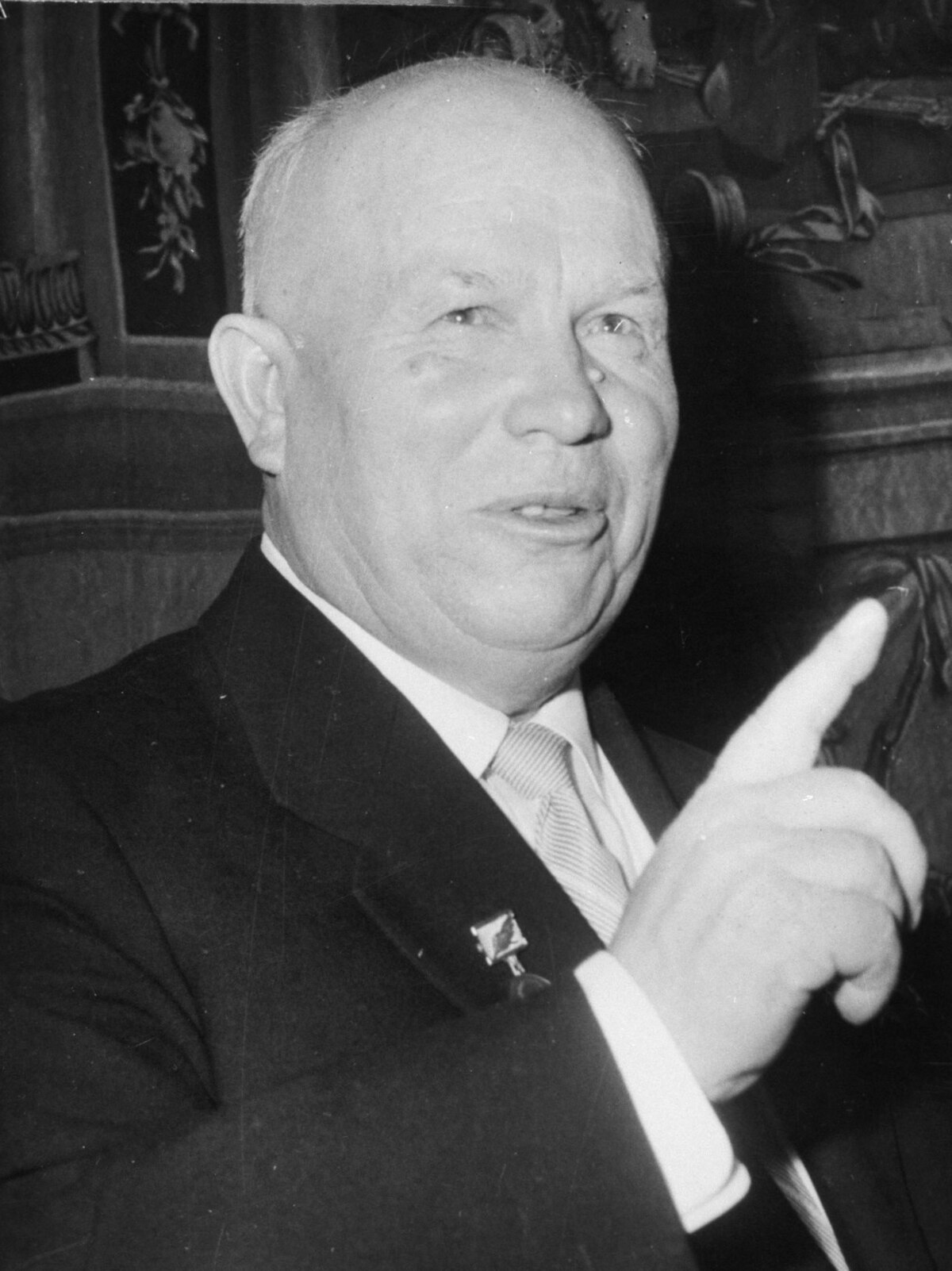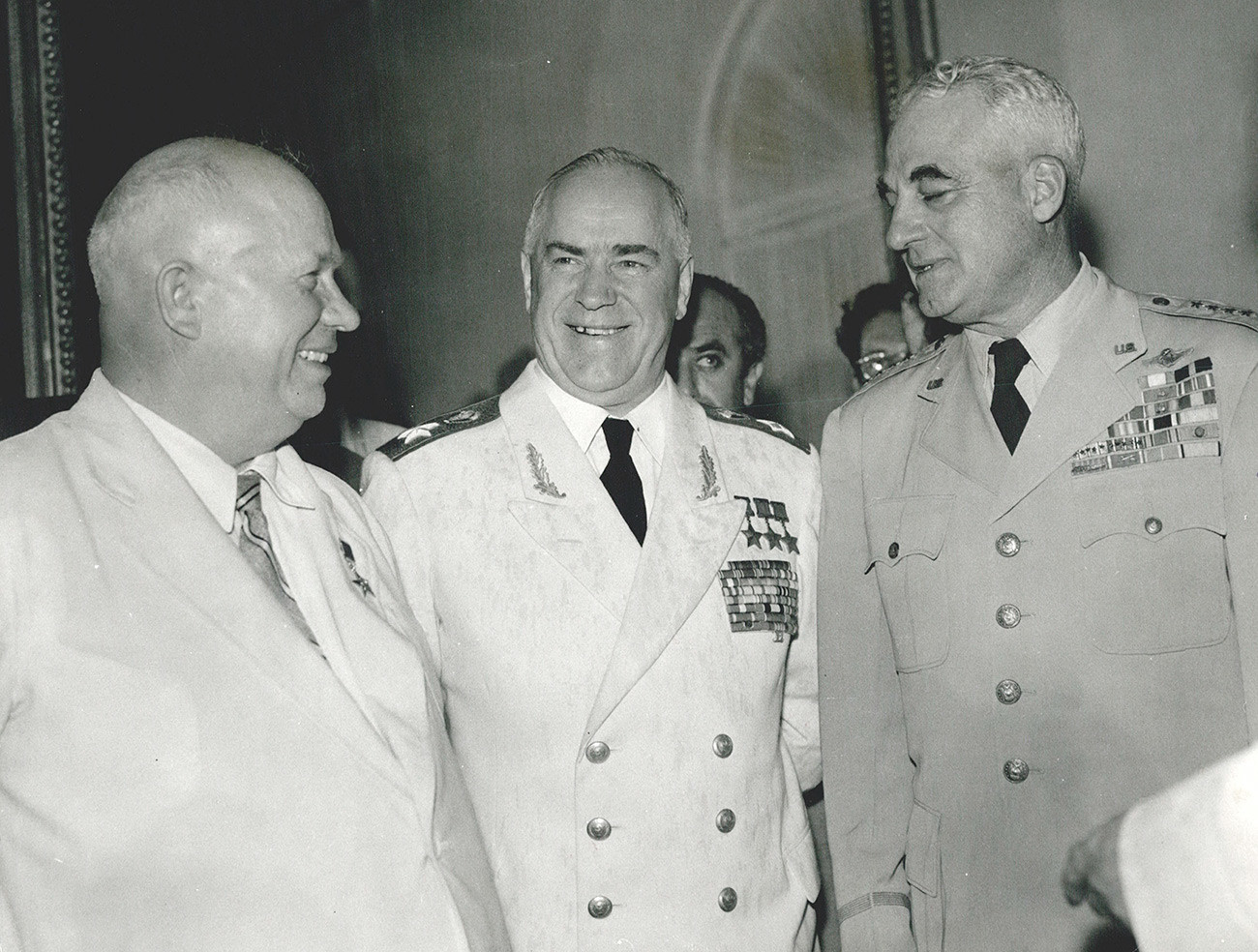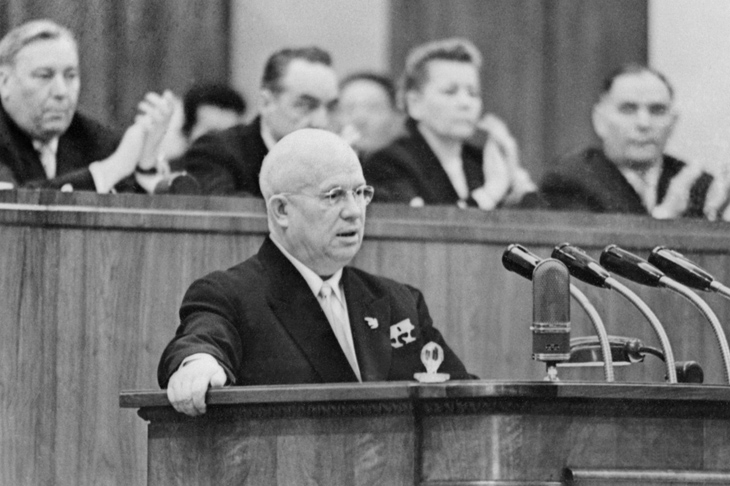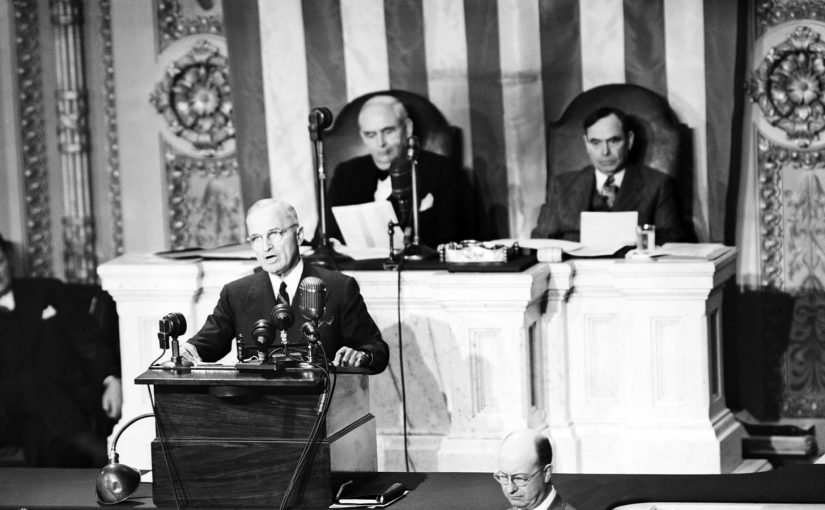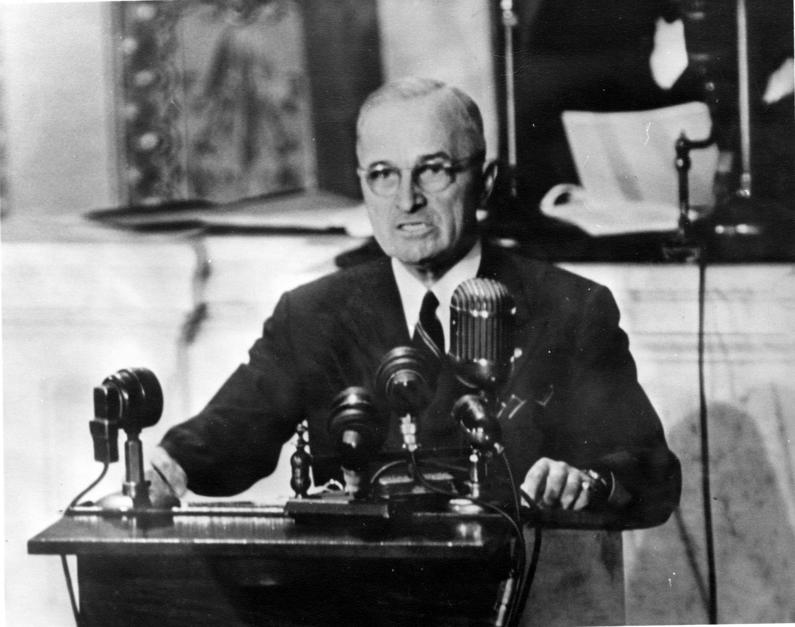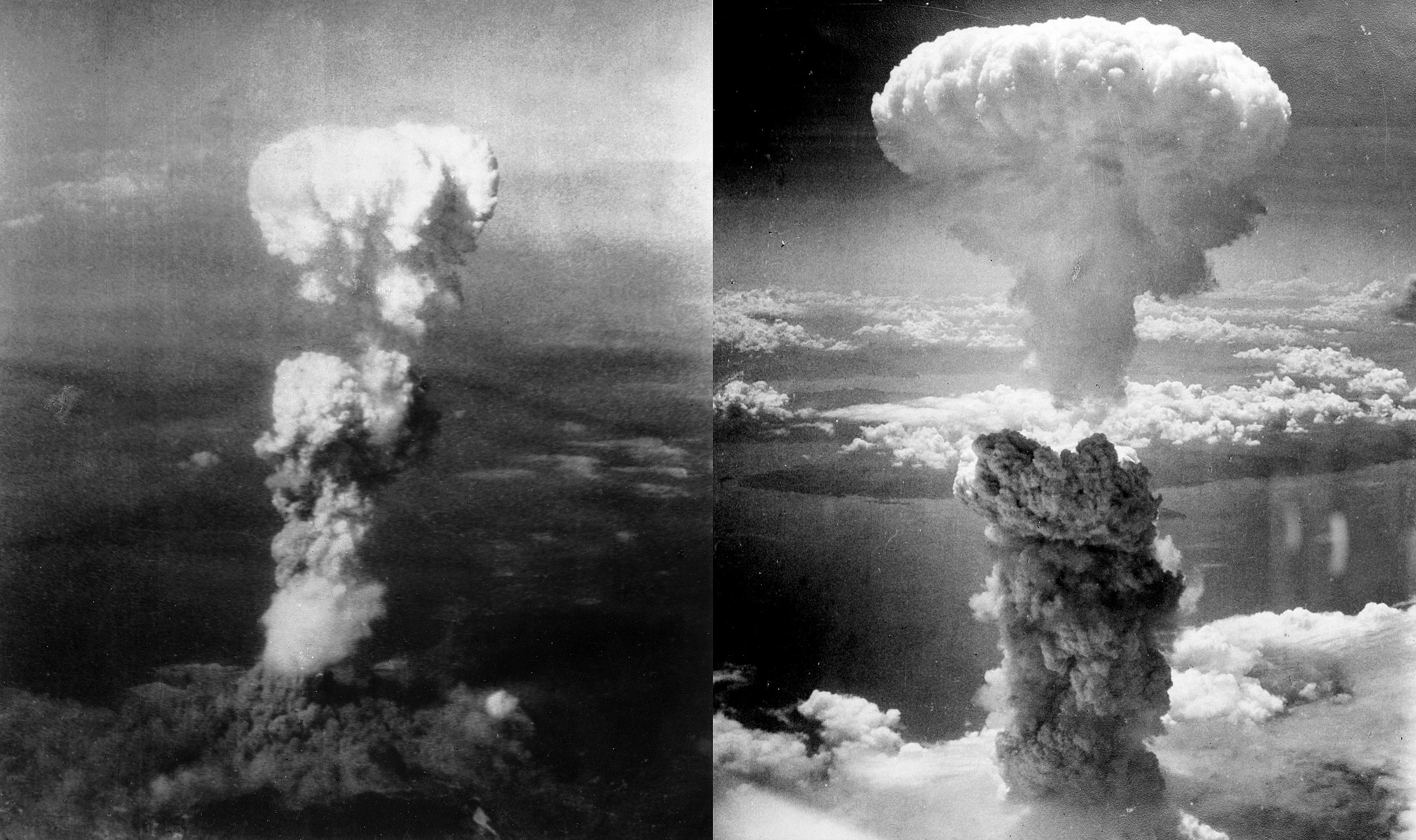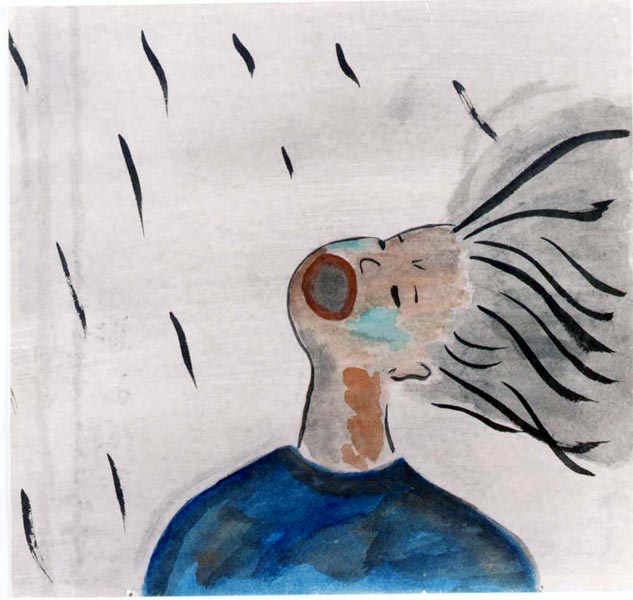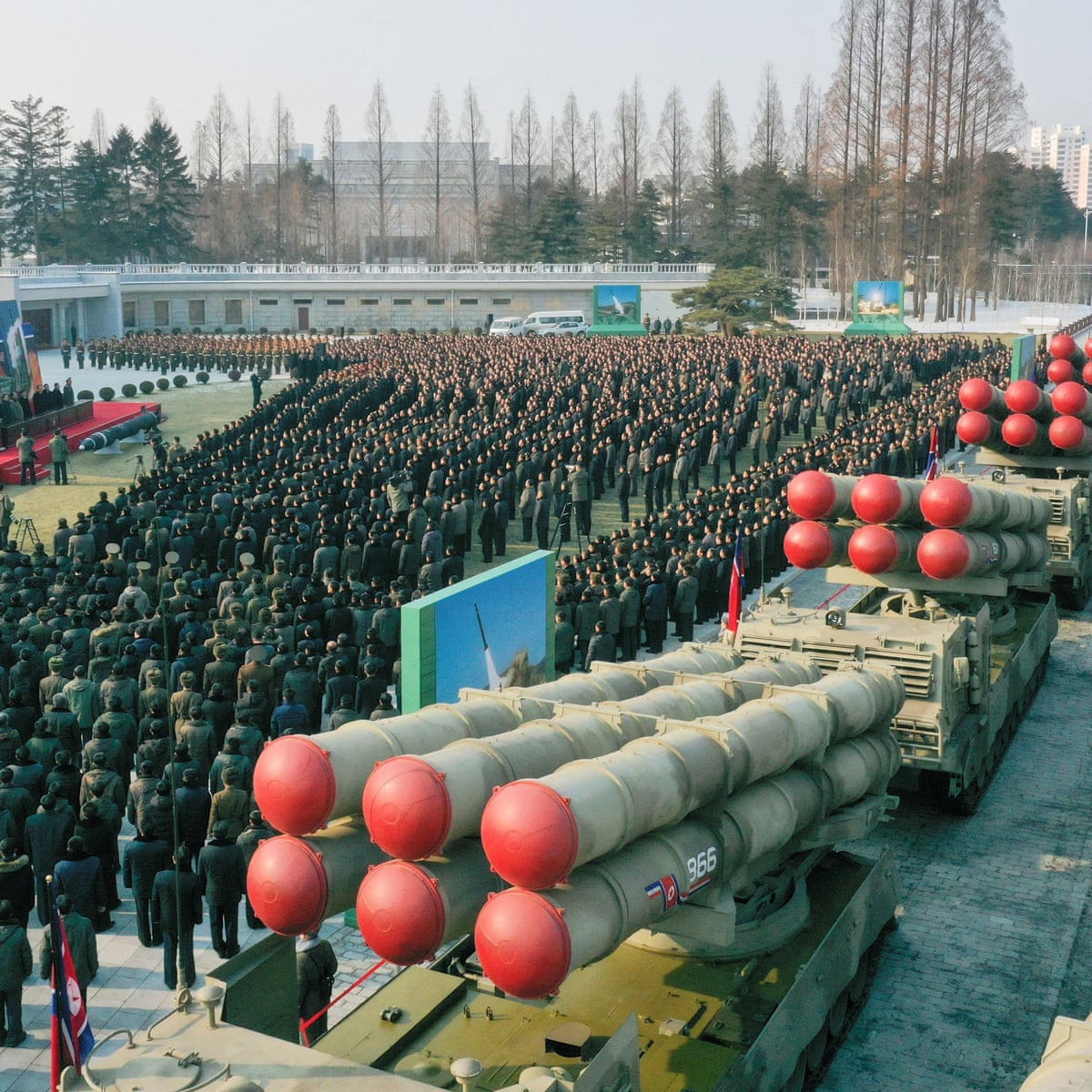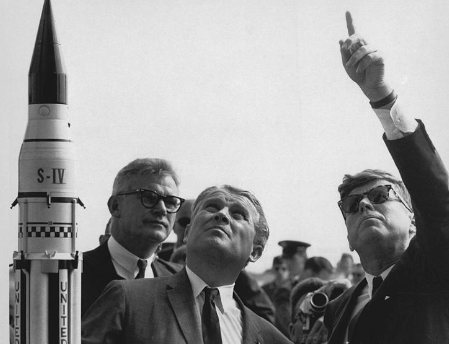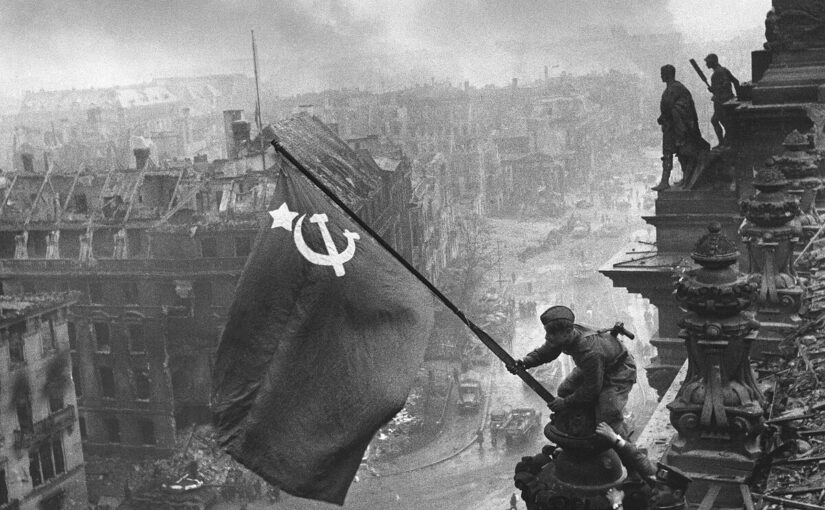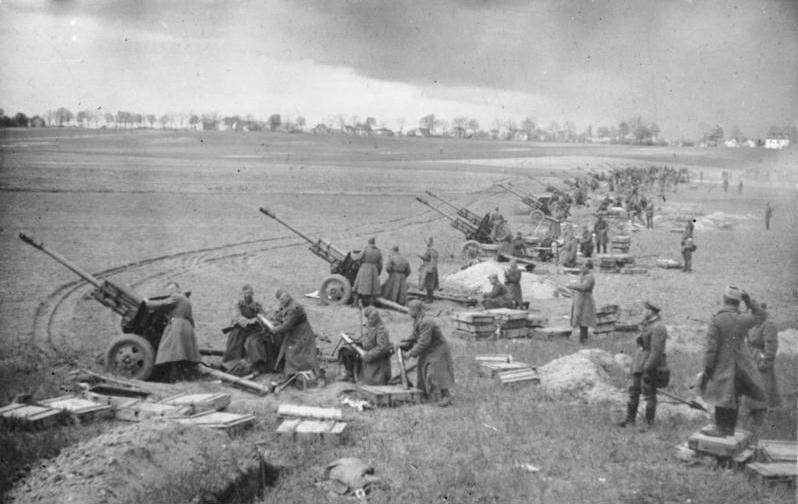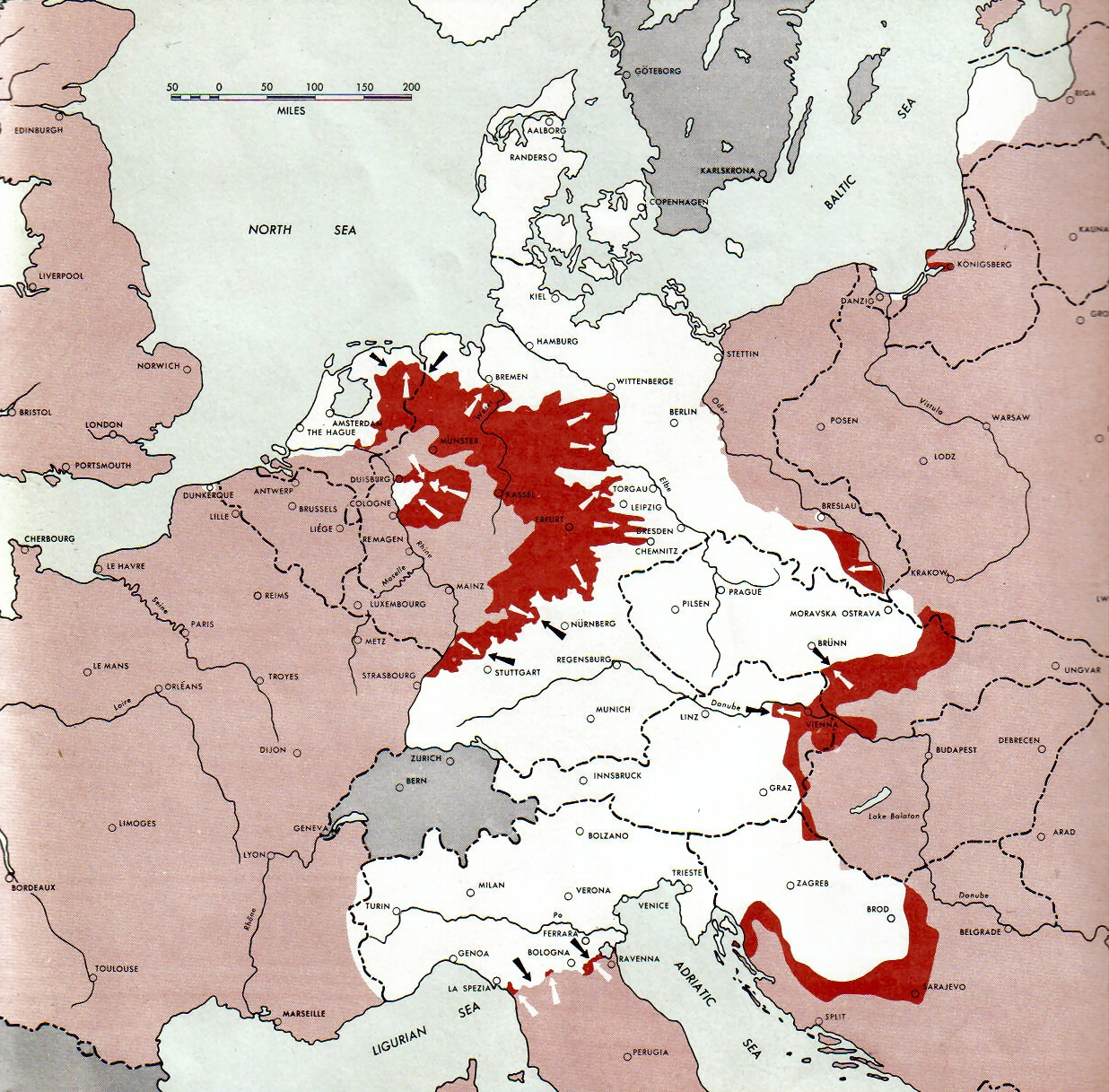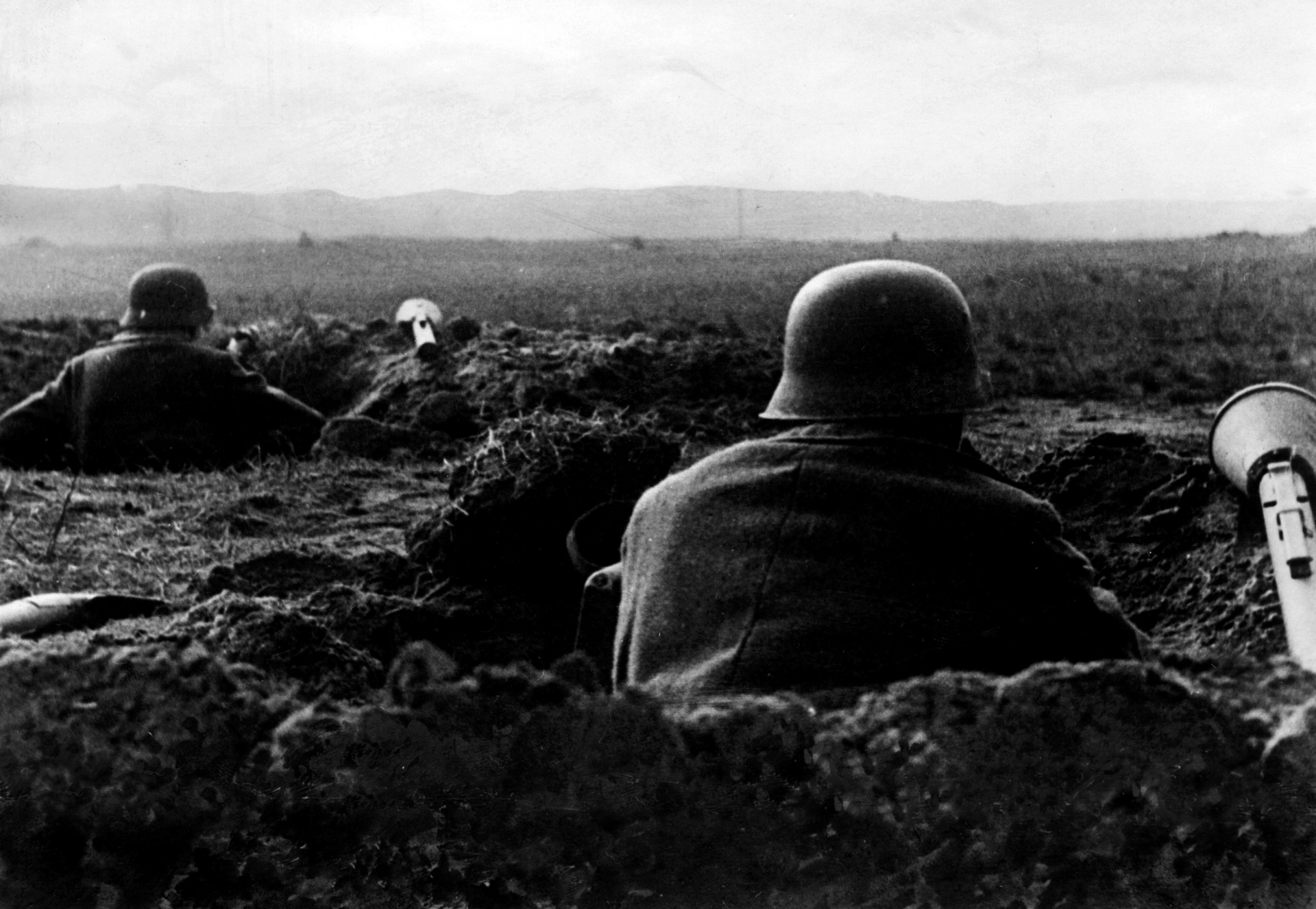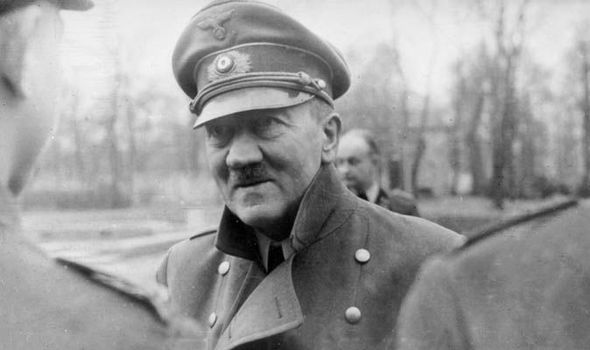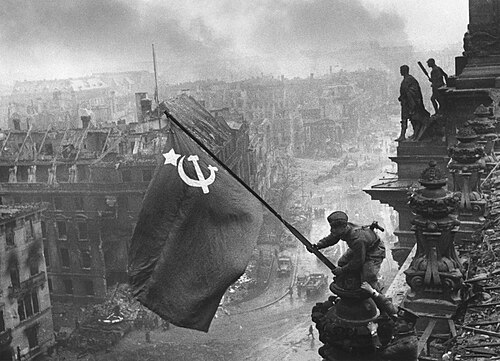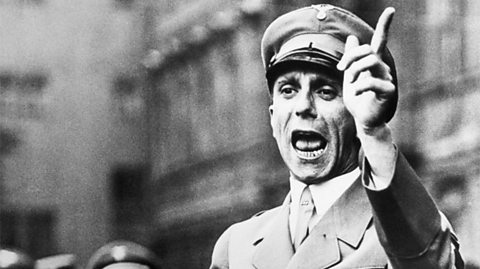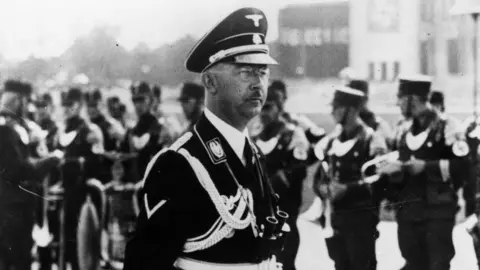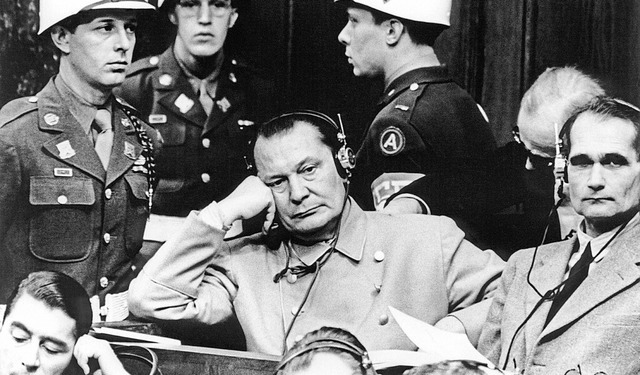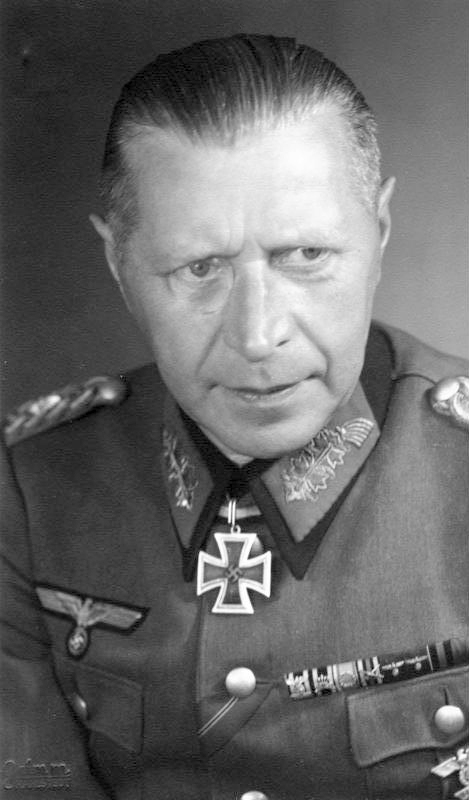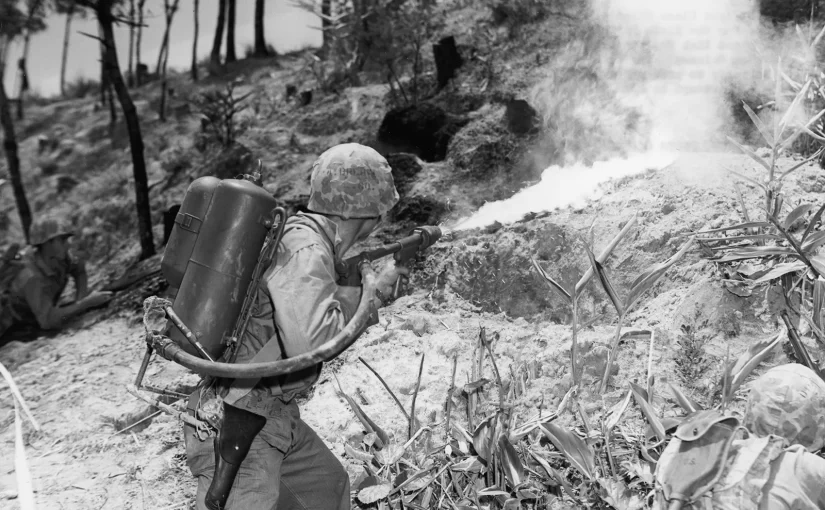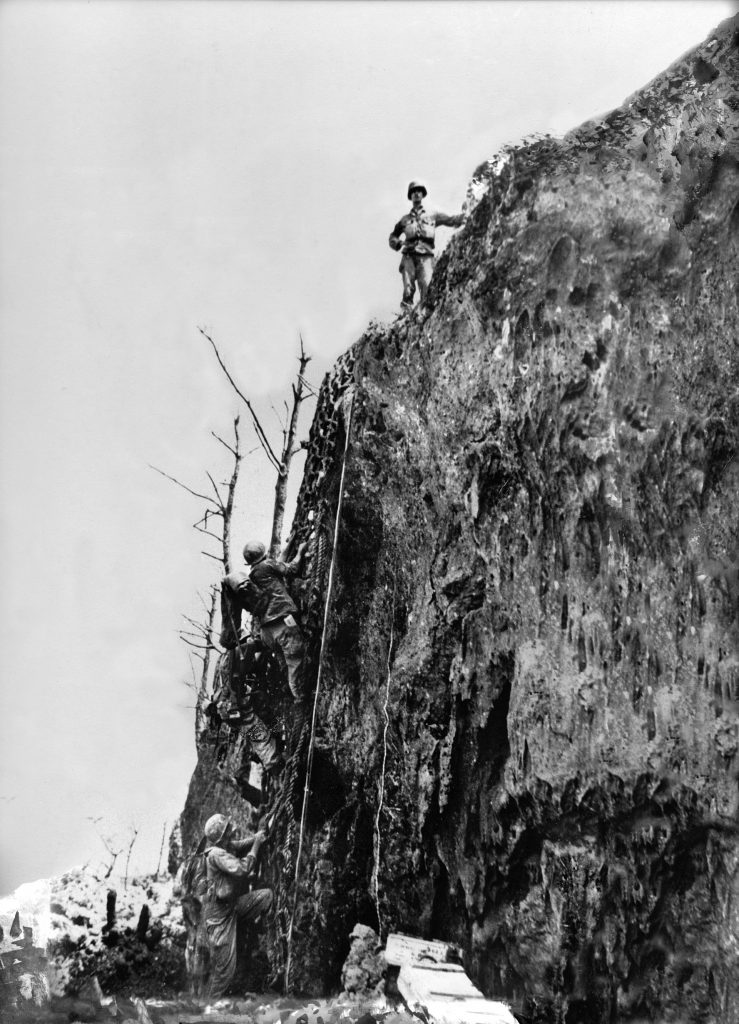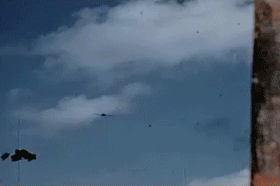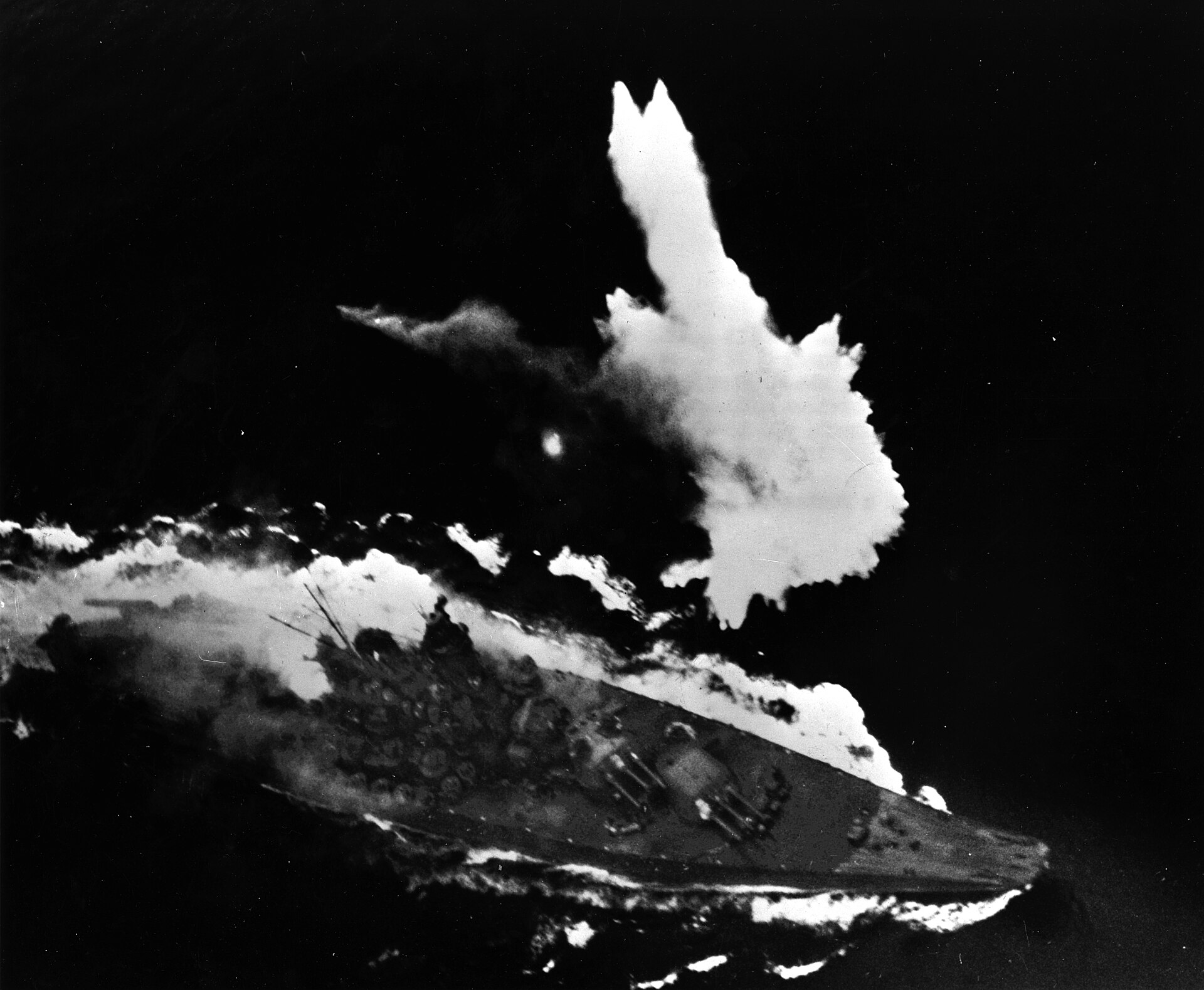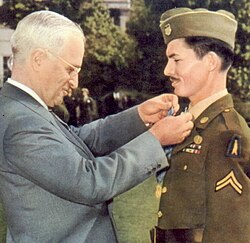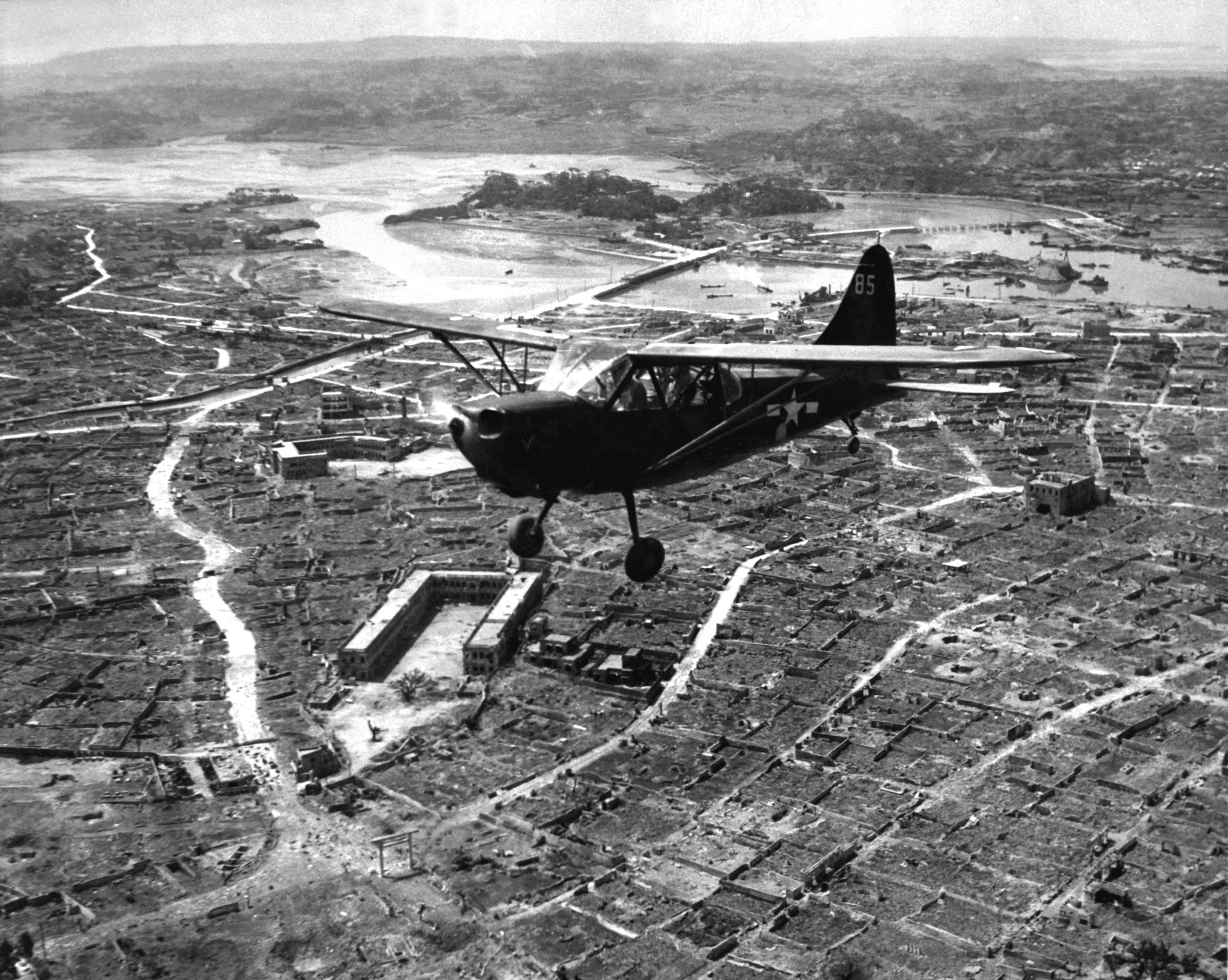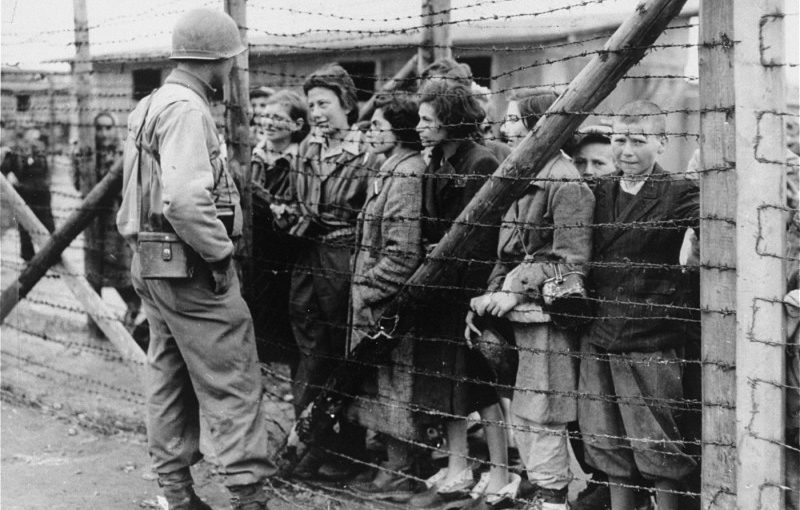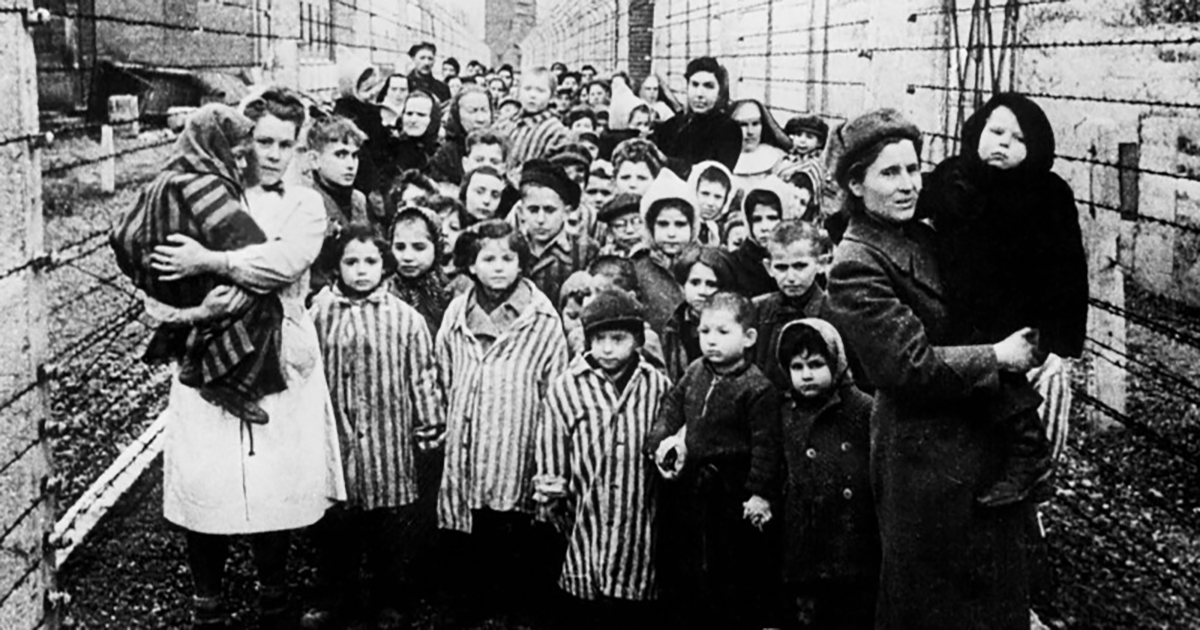In 1959, the Cuban communist revolutionary, Fidel Castro with the help of Che Guevara toppled the US Backed military dictator, Fulgencio Batista. He immediately began mass land reforms, giving land taken by the Americans back to the Cuban people, before he aligned himself with Nikita Khrushchev, General Secretary of the Communist Party of the Soviet Union.
Fearing the communism in his own backyard, President Dwight D. Eisenhower cut off all diplomatic relations with Cuba and issued a trade embargo. He also requested, on his way out, that some Jupiter Class Nuclear Missiles be place in Turkey and an invasion would go ahead against Cuba, using 1400 trained CIA Trained Cuban exiles. The next President, the young and charming John F. Kennedy was told that the US involvement could be covered up and that the invasion would cause an anti-Communist uprising in Cuba.
Unfortunately, the plan went awry very quickly, with poorly disguised bombers missing their targets and immediately being identified as American. The invasion was an absolute disaster, with hundreds of American lives being ended and thousands captured.

Sensing weakness from America, Khrushchev took this opportunity to erect the Berlin Wall in August of that same year. Kennedy spoke on the wall in his famous speech, where he said:
[D]emocracy is not perfect, but we have never had to put a wall up to keep our people in.
Kennedy speaking in Berlin in 1963
Not long after that, Khrushchev was on his boat in the Black Sea, thinking about the Jupiter Missiles in Turkey. Whilst the missiles weren’t highly effective, Khrushchev still believed the missile’s presence to be an act of aggression. And slowly, an idea began to brew in Khrushchev’s head.
Day 1 – October 16th, 1963
At around 8 in the morning on October 16th, 1962, NSA, McGeorge Bundy arrived at the White House, informing President Kennedy of a photograph taken by a U2 Spy plane over Cuba. The photographs clearly showed Soviet Medium Range Ballistic missiles, with a range far enough to destroy most of the Eastern Seaboard.

Within minutes, Kennedy gathered his foreign policy team, including Secretary of State, Dean Rusk, Secretary of Defence, Robert McNamara, Attorney General, Robert F. Kennedy, Chairman of the Joint Chief’s of Staff, General Maxwell Taylor, Speech Writer, Ted Sorenson and ambassador Lewin Thompson. As the crisis developed, the committee would soon become known as the Executive Committee of the National Security Council, or ExComm for short.
They agreed to secrecy and not to let anyone else know about the crisis. However, the secrecy could not really be broken, as no-one really knew specifics. Would the missiles launch and, if so, when? Could there be more missiles? But, amidst the uncertainty and speculation, Kennedy was firm. He could not allow Soviet missiles in Cuba and they had to be removed immediately. There were 4 main options considered, either a limited airstrike on the missile bases, a wider strike which would include other Cuban military facilities, an even larger airstrike which would then be followed up with an invasion or a blockade of Cuba.
Day 2 – October 17th, 1962

They eventually ruled out just the airstrikes, insisting that if an airstrike were to be conducted it must be backed by an invasion, lest Khrushchev send more missiles. However, this was under the pretence that the missiles were not ready to fire, which they, in fact, were. More U2 Spy planes discovered even more sites, with the number now totalling 32 Soviet missiles in Cuba. However, Kennedy had to keep up appearances, having a dinner with the Libyan Crown Prince and supporting Democratic Congressional candidates in Connecticut.
Day 3 – October 18th, 1962
Kennedy decided to take action and had a meeting with Soviet Foreign Minister, Andrei Gromyko, who denied that any Soviet offensive weapons were in Cuba.
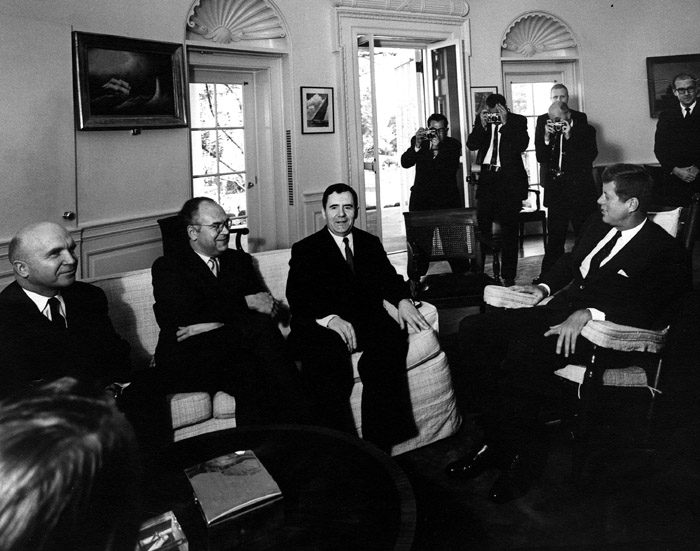
As to Soviet assistance to Cuba, Mr. Gromyko stated that he was instructed to make it clear, as the Soviet Government had already done, that such assistance, pursued solely for the purpose of contributing to the defense capabilities of Cuba and to the development of Cuba, toward the development of its agriculture and land amelioration, and training by Soviet specialists of Cuba nationals in handling defensive armaments were by no means offensive. If it were otherwise, the Soviet Government would have never become involved in rendering such assistance.
An excerpt from a memorandum from the meeting with Gromyko
Kennedy was specific to not mention the missiles specifically, but did recall his public warning that he made on September 14th, that in response to any offensive weapons being put into Cuba by the Soviets, there would be the “gravest consequences”
Day 4 – October 19th, 1962
Still attempting to keep up appearances, Kennedy attended campaign events in Ohio and Illinois, whilst the rest of ExComm discussed plans to move forward. During this time, another spy plane managed to capture photos of an Intermediate Range Ballistic Missile Site. This would mean that if missiles were to fire from Cuba, the only safe major city in the United States would be Seattle.
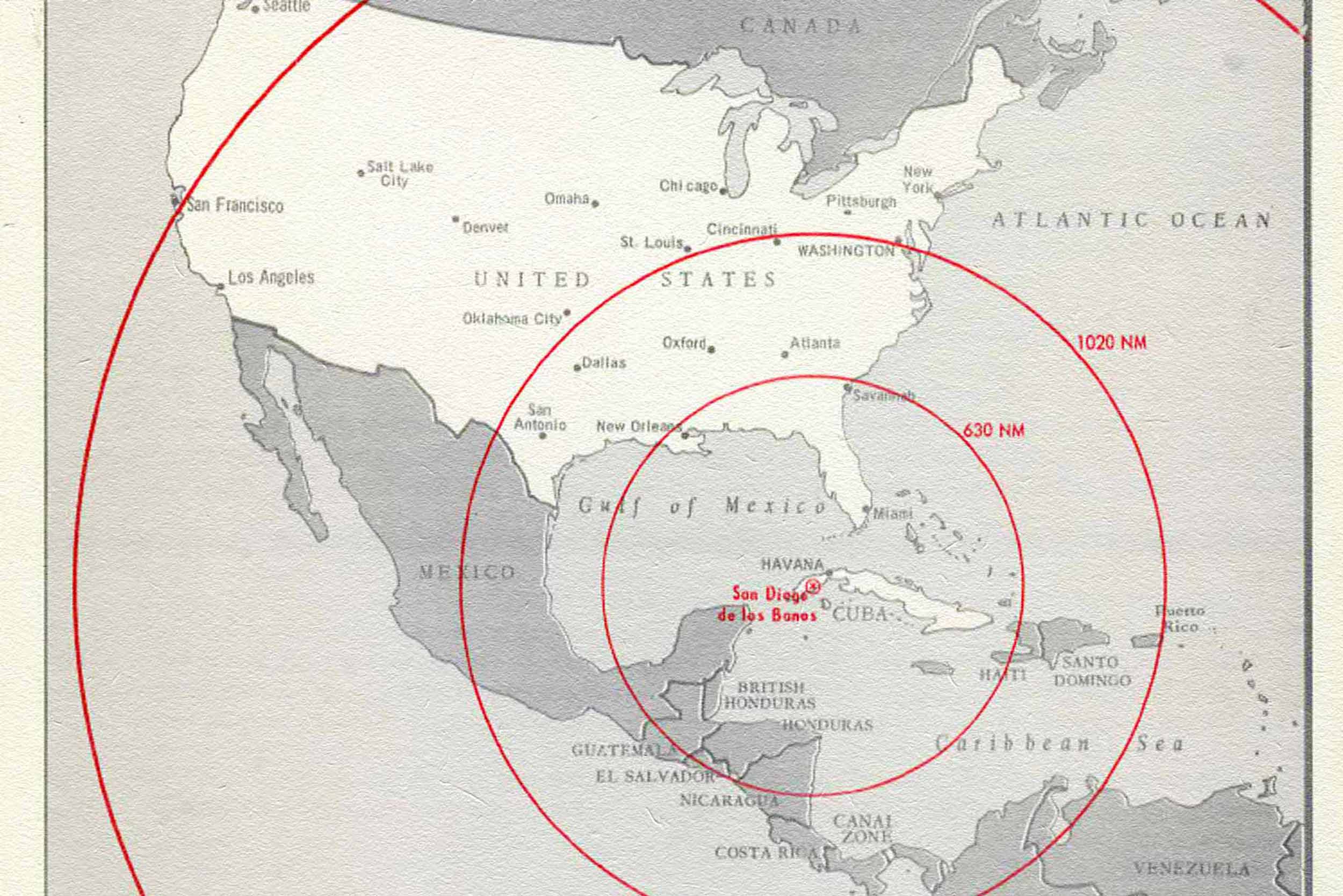
Day 5 – October 20th, 1962
Kennedy ended up having to lie to the American people so they would not panic, saying he had a cold, in order to return home to Washington instead of continuing his six state tour. After 5 hours of deliberation, ExComm came to the conclusion that a blockade must be enforced. However, they could not exactly call it a blockade, as that would be an act of war, so they very subtly decided to call it a “Quarantine”
Day 6 – October 21st, 1962
The military advisors, fearing their planned invasion would not go ahead, attempted to convince Kennedy one more time of an air strike. However, they could not guarantee that all the missiles would be hit. This was too much of a risk for Kennedy, who decided to go ahead with the quarantine.
Day 7 – October 22nd, 1962
Kennedy contacted Truman and Eisenhower, the two presidents before him, about the situation, before contacting British Prime Minister, Harold McMillan. He then wrote to Nikita Khrushchev before addressing the nation on national television.

This Government, as promised, has maintained the closest surveillance of the Soviet Military buildup on the island of Cuba. Within the past week, unmistakable evidence has established the fact that a series of offensive missile sites is now in preparation on that imprisoned island. The purpose of these bases can be none other than to provide a nuclear strike capability against the Western Hemisphere.
[…]
Neither the United States of America nor the world community of nations can tolerate deliberate deception and offensive threats on the part of any nation, large or small. We no longer live in a world where only the actual firing of weapons represents a sufficient challenge to a nation’s security to constitute maximum peril. Nuclear weapons are so destructive and ballistic missiles are so swift, that any substantially increased possibility of their use or any sudden change in their deployment may well be regarded as a definite threat to peace.
Acting, therefore, in the defence of our own security and of the entire Western Hemisphere, and under the authority entrusted to me by the Constitution as endorsed by the resolution of the Congress, I have directed that the following initial steps be taken immediately:
First: To halt this offensive build-up, a strict quarantine on all offensive military equipment under shipment to Cuba is being initiated. All ships of any kind bound for Cuba from whatever nation or port will, if found to contain cargoes of offensive weapons, be turned back. This quarantine will be extended, if needed, to other types of cargo and carriers. We are not at this time, however, denying the necessities of life as the Soviets attempted to do in their Berlin blockade of 1948.
Second: I have directed the continued and increased close surveillance of Cuba and its military build-up. The foreign ministers of the OAS, in their communique of October 6, rejected secrecy in such matters in this hemisphere. Should these offensive military preparations continue, thus increasing the threat to the hemisphere, further action will be justified. I have directed the Armed Forces to prepare for any eventualities; and I trust that in the interest of both the Cuban people and the Soviet technicians at the sites, the hazards to all concerned in continuing this threat will be recognized.
Third: It shall be the policy of this Nation to regard any nuclear missile launched from Cuba against any nation in the Western Hemisphere as an attack by the Soviet Union on the United States, requiring a full retaliatory response upon the Soviet Union.
Fourth: As a necessary military precaution, I have reinforced our base at Guantanamo, evacuated today the dependents of our personnel there, and ordered additional military units to be on a standby alert basis.
Fifth: We are calling tonight for an immediate meeting of the Organ of Consultation under the Organization of American States, to consider this threat to hemispheric security and to invoke articles 6 and 8 of the Rio Treaty in support of all necessary action. The United Nations Charter allows for regional security arrangements–and the nations of this hemisphere decided long ago against the military presence of outside powers. Our other allies around the world have also been alerted.
Sixth: Under the Charter of the United Nations, we are asking tonight that an emergency meeting of the Security Council be convoked without delay to take action against this latest Soviet threat to world peace. Our resolution will call for the prompt dismantling and withdrawal of all offensive weapons in Cuba, under the supervision of U.N. observers, before the quarantine can be lifted.
Seventh and finally: I call upon Chairman Khrushchev to halt and eliminate this clandestine, reckless and provocative threat to world peace and to stable relations between our two nations. I call upon him further to abandon this course of world domination, and to join in an historic effort to end the perilous arms race and to transform the history of man. He has an opportunity now to move the world back from the abyss of destruction–by returning to his government’s own words that it had no need to station missiles outside its own territory, and withdrawing these weapons from Cuba–by refraining from any action which will widen or deepen the present crisis–and then by participating in a search for peaceful and permanent solutions.
[…]
My fellow citizens: let no one doubt that this is a difficult and dangerous effort on which we have set out. No one can see precisely what course it will take or what costs or casualties will be incurred. Many months of sacrifice and self-discipline lie ahead–months in which our patience and our will will be tested–months in which many threats and denunciations will keep us aware of our dangers. But the greatest danger of all would be to do nothing.
The path we have chosen for the present is full of hazards, as all paths are–but it is the one most consistent with our character and courage as a nation and our commitments around the world. The cost of freedom is always high–and Americans have always paid it. And one path we shall never choose, and that is the path of surrender or submission.
Our goal is not the victory of might, but the vindication of right- -not peace at the expense of freedom, but both peace and freedom, here in this hemisphere, and, we hope, around the world. God willing, that goal will be achieved.
JFK’s address to the nation
Day 8 – October 23rd, 1962
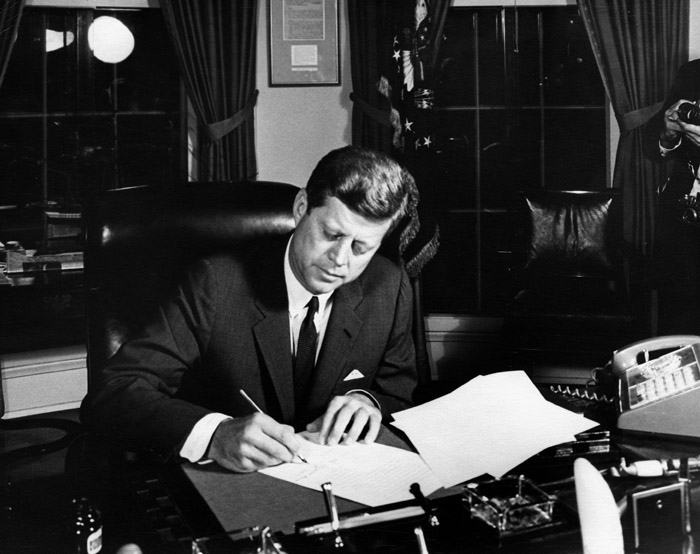
Kennedy once again wrote to Khrushchev, requesting the stop of all Soviet ships towards Cuba. However, this writing would often take an obscenely long amount of time, with them having to be shipped halfway around the planet, translated, having a response written up, sent back and translated again. Sometimes, messages were not given responses for 12 hours at a time.
Day 9 – October 24th, 1962
Khrushchev wrote back to Kennedy regarding his letter. Whilst he did not actively threaten Kennedy, he also did not say he wouldn’t back down either.
You, Mr. President, are not declaring a quarantine, but rather are setting forth an ultimatum and threatening that if we do not give in to your demands you will use force. Consider what you are saying! And you want to persuade me to agree to this! What would it mean to agree to these demands? It would mean guiding oneself in one’s relations with other countries not by reason, but by submitting to arbitrariness. You are no longer appealing to reason, but wish to intimidate us.
An excerpt of Khrushchev’s letter to Kennedy
The DEFCON level was moved to DEFCON 2, one step short of all out war.
Day 10 – October 25th, 1962
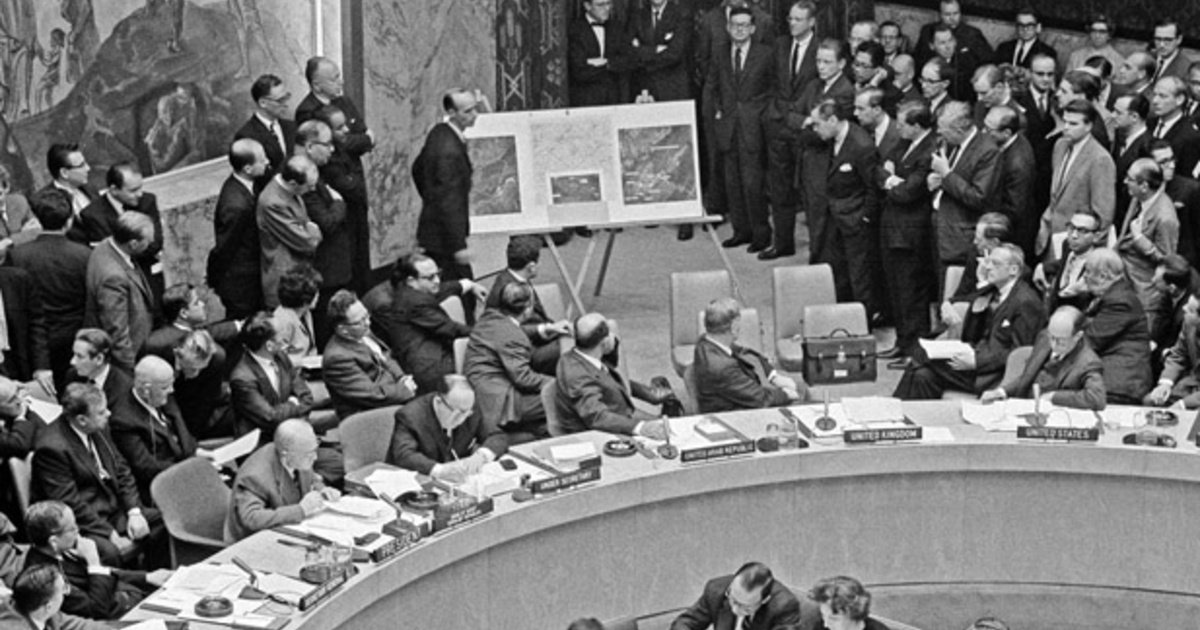
Kennedy once again urged Khrushchev to back down, whilst at the UN, United States Ambassador, Adlai Stevenson, verbally attacked Valerian Zorin, Soviet Ambassador to the UN, presenting photos of the missiles.
Stevenson: Mr. Zorin, I remind you that you didn’t deny the existence of these weapons. Instead, we heard that they had suddenly become defensive weapons. But today — again, if I heard you correctly — you now say they don’t exist, or that we haven’t proved they exist. […] Do you, Ambassador Zorin, deny that the U.S.S.R has placed and is placing medium and intermediate range missiles and sites in Cuba? Yes or no? Don’t wait for the translation: yes or no?
Zorin: I am not in an American courtroom, sir, and therefore I do not wish to answer a question that is put to me in the fashion in which a prosecutor does. In due course, sir, you will have your reply. […]
Stevenson: You are in the court of world opinion right now and you can answer yes or no. You have denied that they exist. I want to know […] if I’ve understood you correctly. [shows the photos] These weapons, gentlemen, these launching pads, these planes — of which we have illustrated only a fragment — are a part of a much larger weapons complex, what is called a weapons system. To support this build-up, to operate these advanced weapons systems, the Soviet Union has sent a large number of military personnel to Cuba — a force now amounting to several thousand men. These photographs, as I say, are available to members for detailed examination in the Trusteeship Council room following this meeting. There I will have one of my aides who will gladly explain them to you in such detail as you may require.
Day 11 – October 26th, 1962
A Soviet Freighter was stopped at the quarantine line and was searched for contraband. No such contraband was found and it was allowed to pass into Cuba. Castro sent a letter to Khrushchev, urging him to initiate a pre-emptive nuclear strike on the United States.
Day 12 – October 27th, 1962
A letter arrived from the Kremlin, requesting that in exchange for removing the missiles from Cuba, Kennedy had to withdraw the Jupiter Missiles from Turkey. Many in ExComm saw this as outrageous, with some even comparing it to Chamberlain’s appeasement before WW2, an appeasement which Kennedy’s father strongly supported. This option is opposed even more when Cuban Anti-Aircraft guns shoot down a U2 Spy Plane, killing the pilot. An American man had been killed because of this, and many military men in ExComm sought war. Kennedy resisted this pressure to invade strongly. Later that night, Bobby Kennedy met with a Soviet Ambassador to negotiate the terms of the missile withdrawal.
Day 13 – October 28th, 1962
The thirteen most tense days in human history were over, as both nations withdrew their missiles from Turkey and Cuba respectively as the world blew a massive sigh of relief. In addition, the United States pledged to never invade Cuba again.
Kennedy was eventually shot in a motorcade in Dallas in November of the next year. Some suspect that Kennedy’s handling of the Cuban Missile Crisis undermined the CIA, who many believed ordered his assassination. Khrushchev was ousted from the communist party in 1964 and replaced by Leonid Brezhnev. Khrushchev then died of a heart attack in 1971. A hotline was set up between the two nations via a famous red phone in each of the leader’s offices, to ensure such delays in communication would never happen again. However, the United States and Cuba never sought diplomatic reconciliation until 2016, when Barack Obama became the first President to visit the country since 1928.

Many say, to this day, that the Cuban Missile Crisis was the closest humanity ever came to ending the world via nuclear annihilation. Whilst many, at the time, saw the two leaders of the two superpowers as traitors to their people for seeking a diplomatic solution, many today see them as brave men for doing such things and many in the West cite them as some of the greatest leaders of their respective countries.


